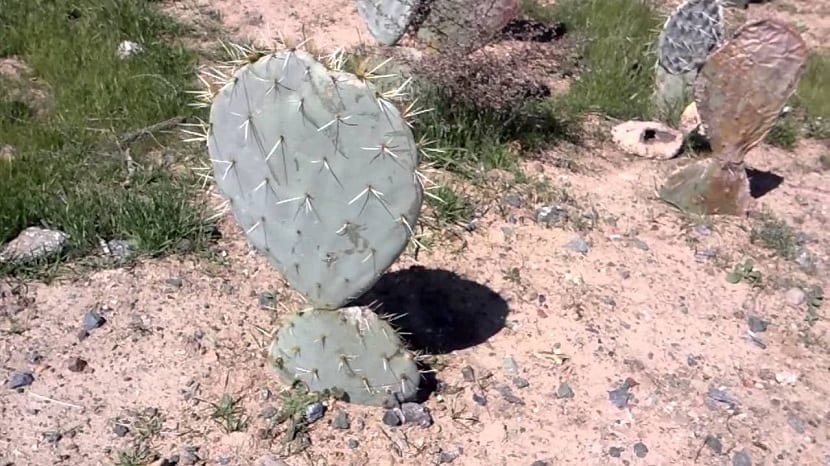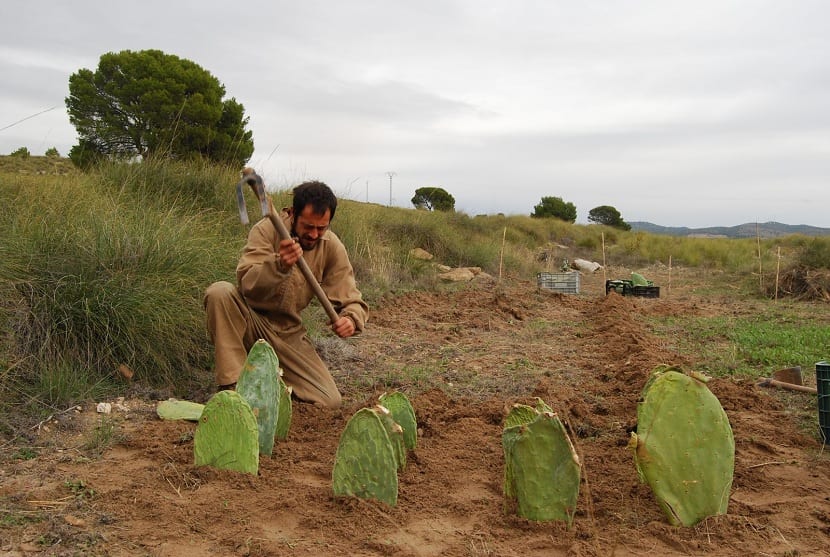
Today we come to talk about the prickly pear or nopal. It is a type of cactus that comes from America. They are plants that prefer desert climates where high temperatures and little rainfall abound. Both the leaves and the fruits (the prickly pears) are edible and can be grown as an ornamental plant.
In this article we are going to show you how to grow nopales. Do you want to learn how to grow nopales to enjoy the beautiful flowers it has? Keep reading 🙂
Cultivation of nopales from seed
The cultivation of nopales can be done in two ways: by seed or by cuttings. You can get the seeds either in a garden store or by extracting them directly of the fruits of the nopal.
Once you have the seed, we will place it in a pot. We will introduce the seed inside the pot and put half the soil and half the sand, mixed with rough pumice stone or marl. This makes for good drainage, as these plants do not tolerate any moisture.
Once the sowing is finished, we just have to add water until the sand is moistened and not soak or wet it.
Nopales cultivation by cuttings

The other way is to take a cutting from the mother plant and plant it in a pot. We must select a cutting that looks healthy to be able to propagate it. It is cut and expected, placing the cutting in the shade, until a corn forms. In this way we will prevent the plant from becoming infected.
Once the callus has formed, we will proceed as with the seeds. We prepare a pot with half soil, half sand and stones to improve drainage and moisten the soil so that it flourishes. Keep in mind that You should not insert it too deep, 2 cm will suffice.
I hope that with these tips you can learn to grow nopales.